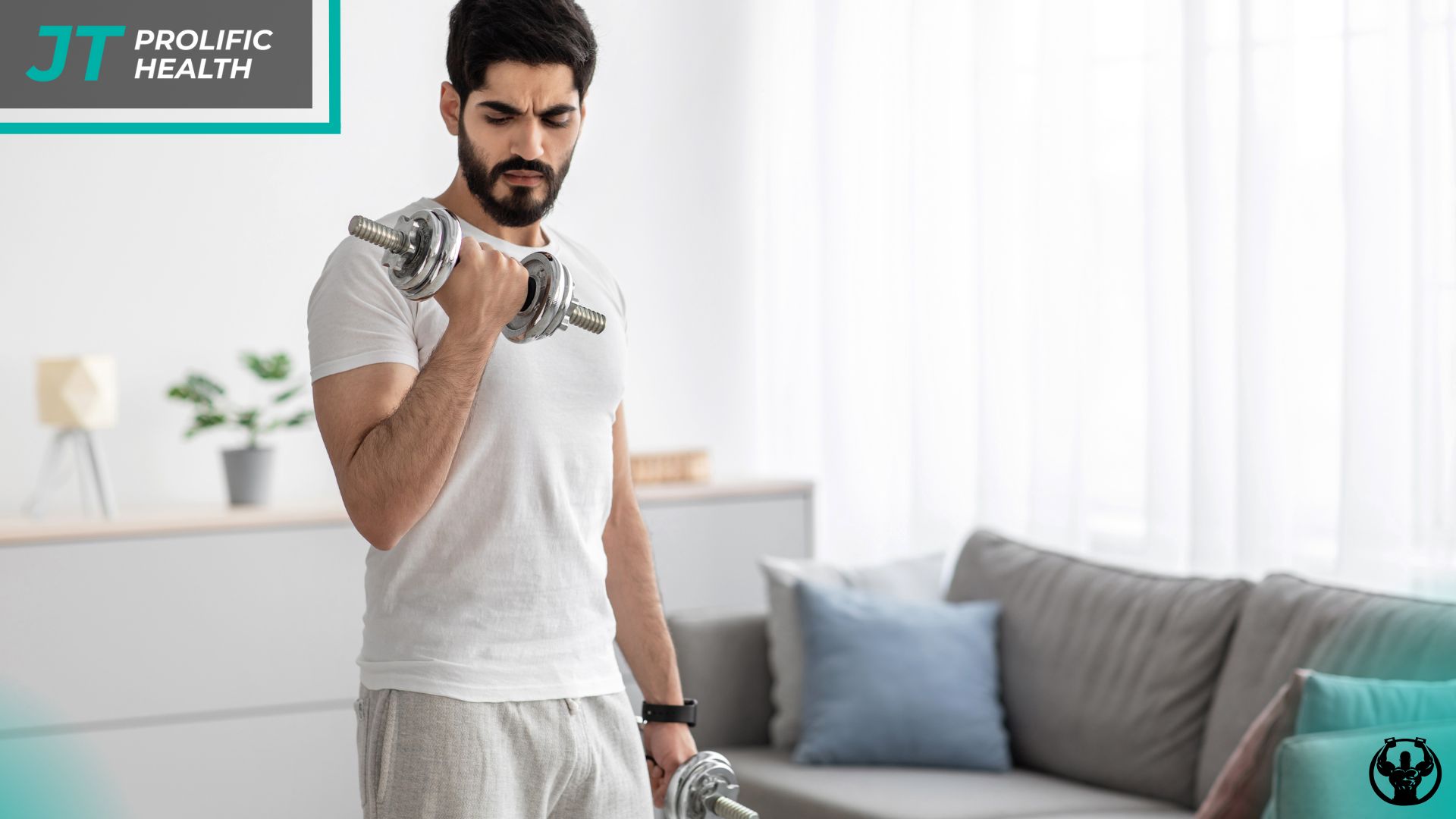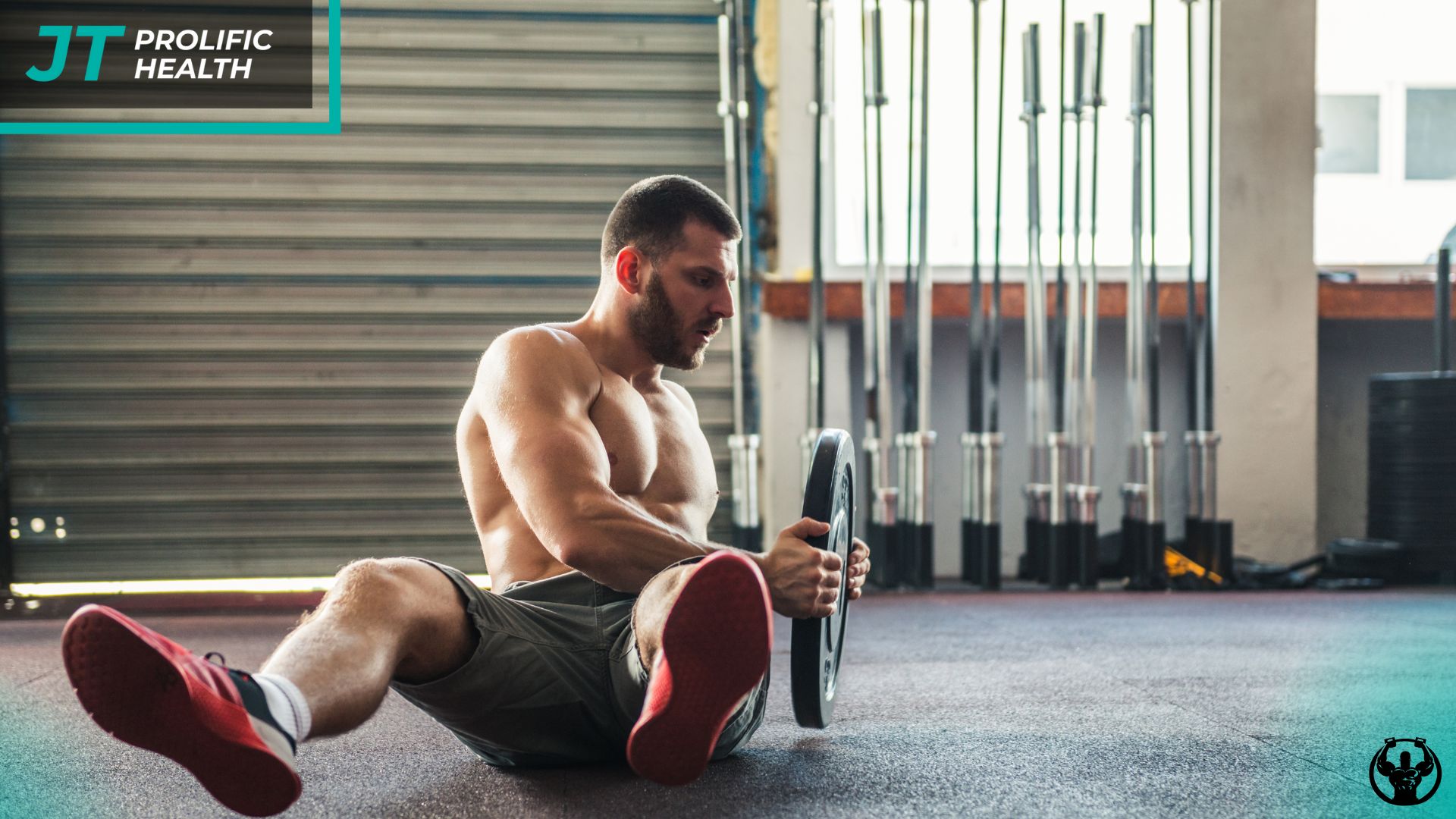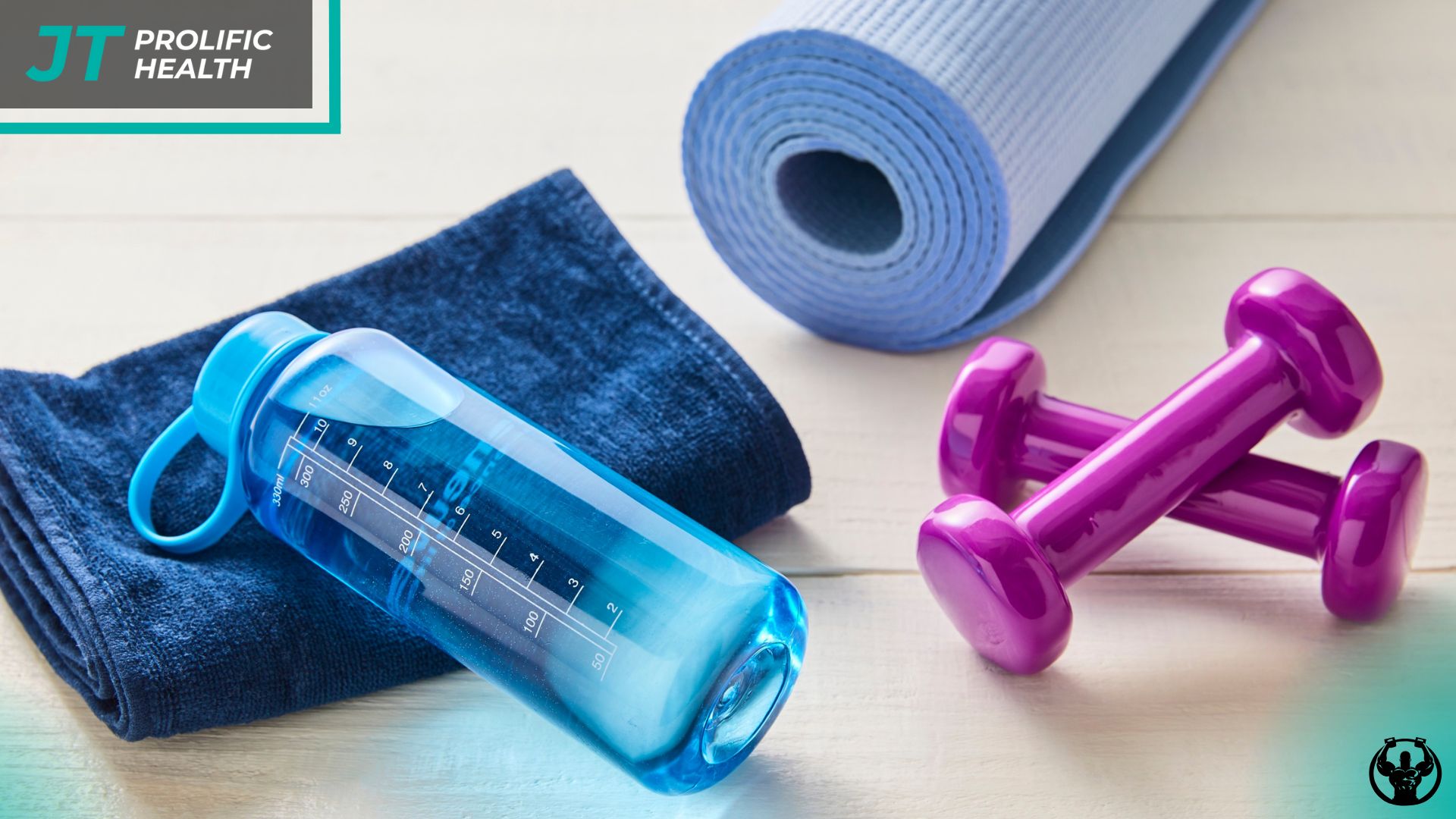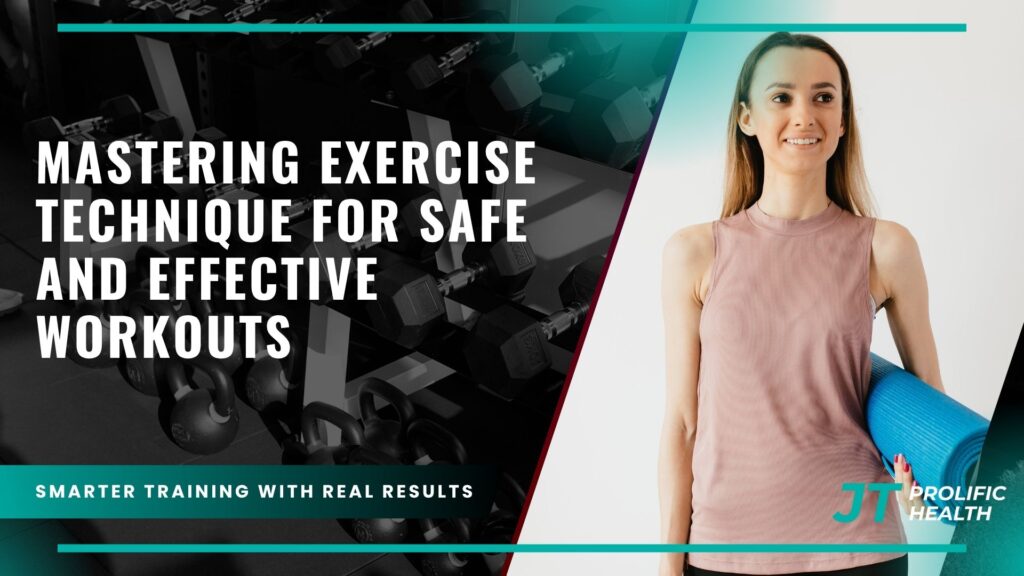Exercise technique forms the foundation of every successful fitness journey, yet it remains one of the most overlooked aspects of training among both beginners and experienced gym-goers. Whether you’re performing a basic bodyweight squat or attempting a complex Olympic lift, the quality of your movement patterns directly impacts your results, safety, and long-term progress. Poor exercise technique not only limits your potential gains but also significantly increases your risk of injury, potentially derailing your fitness goals for weeks or even months.
The importance of mastering proper form extends far beyond simply avoiding injury. When you execute exercises with correct technique, you maximize muscle activation, improve movement efficiency, and create sustainable patterns that will serve you throughout your fitness journey. Every rep performed with proper form is an investment in your body’s ability to move well, feel strong, and perform at its best. Conversely, each repetition executed with poor technique reinforces faulty movement patterns that become increasingly difficult to correct over time.
Many people rush through their workouts, prioritizing speed and weight over quality of movement. This approach often stems from misconceptions about what constitutes an effective workout or pressure to keep up with others in the gym. However, true fitness progress comes from consistency in performing movements correctly, gradually building strength and coordination through proper technique rather than simply moving heavy weights with compromised form.
Understanding the principles of exercise technique involves more than just knowing which muscles to engage during specific movements. It requires awareness of breathing patterns, joint alignment, muscle activation sequences, and the ability to maintain control throughout the entire range of motion. These elements work together to create efficient, safe, and effective movement patterns that translate into real-world functional strength and improved quality of life.
Key Takeaways
For additional context, see this comprehensive guide.
- Quality over quantity: Performing fewer repetitions with perfect form yields better results than many repetitions with poor technique. Focus on mastering movement patterns before increasing weight or intensity.
- Progressive development: Exercise technique should be developed gradually, starting with bodyweight movements and basic patterns before advancing to more complex exercises or heavier loads.
- Mind-muscle connection: Developing awareness of which muscles are working during each exercise enhances both safety and effectiveness, leading to better results and reduced injury risk.
- Breathing coordination: Proper breathing patterns support core stability, enhance performance, and help maintain focus throughout each exercise, making it an integral component of good technique.
- Range of motion optimization: Moving through the full, pain-free range of motion for each exercise maximizes muscle development and maintains joint health and mobility.
- Professional guidance value: Working with qualified trainers provides personalized feedback and correction that accelerates technique development and prevents the formation of bad habits.
- Consistency importance: Regular practice of proper form creates muscle memory and movement patterns that become automatic, leading to safer and more effective workouts over time.
- Individual adaptation: Exercise technique must be adapted to individual body mechanics, mobility limitations, and fitness levels to ensure both safety and effectiveness for each person’s unique needs.
Understanding Exercise Technique Fundamentals


Exercise technique encompasses the precise execution of movement patterns that maximize effectiveness while minimizing injury risk. At its core, proper form involves maintaining optimal joint alignment, engaging appropriate muscle groups in the correct sequence, and controlling movement through both the lifting and lowering phases of each exercise. These fundamentals apply whether you’re performing basic movements like push-ups and squats or more advanced exercises like deadlifts and overhead presses.
The foundation of good technique begins with body awareness and understanding how different joints and muscles work together to create efficient movement. This involves recognizing neutral spine positioning, understanding how to engage your core muscles for stability, and learning to coordinate breathing with movement patterns. When these elements align properly, exercises become more effective and significantly safer to perform.
Proper exercise technique also requires understanding the difference between muscle tension and unnecessary strain. Effective movement involves creating appropriate tension in working muscles while maintaining relaxation in non-essential muscle groups. This selective muscle activation allows for better control, reduced fatigue, and improved performance throughout your workout session.
Movement quality should always take priority over external factors like weight lifted or speed of execution. This principle becomes especially important when learning new exercises or returning to training after a break. Building technique gradually creates a strong foundation that supports long-term progress and helps prevent the development of compensatory movement patterns that can lead to problems down the road.
Building Strong Movement Foundations


Developing excellent exercise technique begins with mastering fundamental movement patterns that form the basis for more complex exercises. These foundational patterns include squatting, hinging at the hips, pushing, pulling, and core stabilization. Each pattern involves specific muscle groups working in coordination to create efficient, powerful movement while maintaining joint stability and proper alignment throughout the exercise.
The squatting pattern forms the foundation for many lower body exercises and daily activities. Proper squatting technique involves initiating movement from the hips, maintaining knee alignment over the toes, keeping the chest up and spine neutral, and distributing weight evenly across both feet. Mastering this pattern without external weight ensures that you can safely progress to loaded variations like goblet squats, front squats, and back squats as your strength and coordination improve.
Hip hinge movements, exemplified by exercises like deadlifts and Romanian deadlifts, teach the crucial skill of moving from the hips while maintaining spinal stability. This pattern involves pushing the hips back while keeping the knees relatively stable, maintaining a neutral spine, and engaging the posterior chain muscles including the glutes and hamstrings. Learning to hinge properly protects the lower back and creates powerful, efficient movement patterns.
Pushing and pulling patterns develop upper body strength and coordination while teaching proper shoulder blade movement and core engagement. Push-ups, overhead presses, rows, and pull-ups all require coordinated movement between the arms, shoulders, and core muscles. Developing these patterns progressively, starting with easier variations and gradually advancing to more challenging versions, builds both strength and technical proficiency.
For those just starting their fitness journey, understanding when professional guidance becomes valuable can accelerate the development of proper movement patterns and prevent the formation of poor habits that become difficult to correct later.
Progressive Technique Development


Mastering exercise technique requires a systematic approach that builds complexity gradually while maintaining movement quality at each stage. This progressive development begins with bodyweight exercises and basic movement patterns before advancing to loaded variations, complex movements, or higher intensities. Each stage of progression should be thoroughly mastered before moving to the next level, ensuring that technique remains solid as challenges increase.
The progression from bodyweight to loaded exercises represents a critical transition point where many people compromise their form in favor of using heavier weights. However, adding external load should only occur when bodyweight movements can be performed with perfect technique for the required number of repetitions. This approach ensures that the movement pattern is well-established before introducing additional challenges that might compromise form.
Tempo manipulation provides another valuable tool for developing exercise technique. Slowing down the eccentric (lowering) phase of movements increases time under tension, improves muscle control, and enhances awareness of proper positioning throughout the range of motion. This controlled approach also strengthens muscles in their lengthened positions, contributing to better overall strength and injury prevention.
Range of motion progression allows individuals to gradually work toward full movement patterns while respecting current mobility limitations. Starting with partial range of motion and progressively increasing depth or reach ensures that technique remains solid while flexibility and strength improve simultaneously. This approach is particularly important for exercises like squats, overhead movements, and hip hinge patterns where mobility often limits proper execution.
Regular technique assessment becomes crucial during progressive development. Video analysis, mirror work, or feedback from qualified trainers helps identify technical flaws before they become ingrained habits. For those working independently, understanding optimal training frequency can help maintain consistent progress while allowing adequate recovery for skill development.
Common Technique Errors and Corrections
Understanding common exercise technique errors helps identify and correct problems before they lead to injury or limit progress. Many technique issues stem from mobility restrictions, strength imbalances, or simply lack of awareness about proper movement patterns. Recognizing these patterns early allows for targeted corrections that improve both safety and effectiveness of training sessions.
One of the most prevalent errors across multiple exercises involves losing neutral spine positioning. This might manifest as excessive arching during overhead movements, rounding the lower back during squats or deadlifts, or allowing the hips to sag during planks. Maintaining spinal neutrality requires core strength, awareness, and often mobility work to address restrictions that prevent proper positioning.
Knee valgus, where the knees cave inward during squatting or lunging movements, represents another common technical flaw that can lead to knee pain and injury. This error often results from weak hip abductors, poor ankle mobility, or inadequate motor control. Correction involves strengthening exercises for the glutes and hip stabilizers, mobility work for the ankles and hips, and conscious practice of proper knee tracking during movement.
Shoulder impingement during overhead movements frequently occurs when individuals lack adequate shoulder mobility or fail to properly engage their shoulder blade stabilizers. This can lead to pain, restricted range of motion, and potential injury. Addressing this issue requires mobility work for the thoracic spine and shoulders, strengthening exercises for the rotator cuff and scapular stabilizers, and modified exercise progressions that respect current limitations.
Breathing dysfunction during exercise represents a subtle but significant technical error that affects both performance and safety. Holding the breath during exertion increases blood pressure and reduces oxygen delivery to working muscles. Learning to coordinate breathing with movement patterns enhances performance and helps maintain proper core stability throughout exercises.
When technical errors persist despite focused attention, it may be beneficial to seek professional guidance. Understanding when to consider changing training approaches can help individuals find the right support for addressing persistent technique issues and achieving their fitness goals safely and effectively.
Creating Sustainable Exercise Habits
Developing excellent exercise technique extends beyond individual workout sessions to encompass sustainable habits that support long-term fitness success. This involves creating consistent routines that prioritize movement quality, establishing progressive challenges that maintain motivation while respecting technical standards, and developing the self-awareness necessary to maintain proper form even when fatigue sets in or external pressures mount.
Consistency in technique practice proves more valuable than sporadic intense sessions with compromised form. Regular, focused practice of movement patterns creates the muscle memory and neural adaptations necessary for automatic proper form execution. This means dedicating time to technique work even during busy periods or when motivation for intense training wanes. Short, frequent sessions focused on movement quality often produce better long-term results than infrequent lengthy workouts.
Environmental factors significantly influence technique maintenance and development. Training in spaces that allow for proper form execution, having access to appropriate equipment, and minimizing distractions all contribute to better movement quality. This might mean choosing gym times when equipment is readily available, setting up a home training space that supports proper exercise execution, or finding training partners who prioritize form over ego-driven lifting.
Recovery and regeneration practices directly impact technique quality during subsequent training sessions. Adequate sleep, proper nutrition, stress management, and active recovery all contribute to the neuromuscular coordination necessary for excellent exercise technique. When these factors are neglected, movement quality often deteriorates, increasing injury risk and limiting training effectiveness.
Goal setting that emphasizes technique milestones rather than just performance metrics helps maintain focus on movement quality throughout the fitness journey. This might involve setting goals related to achieving full range of motion in specific exercises, maintaining perfect form for increased repetitions, or mastering progressively more challenging movement patterns. These technique-focused goals provide motivation while reinforcing the importance of movement quality.
For individuals comparing different training approaches, understanding various training options and their benefits can help identify the most suitable approach for developing and maintaining excellent exercise technique while achieving personal fitness goals.
Professional Guidance and Support
While self-directed learning can contribute to technique development, professional guidance from qualified trainers accelerates progress and helps prevent the formation of poor movement habits. Experienced trainers possess the knowledge to identify subtle technique flaws, provide immediate feedback, and design progressive programs that develop excellent movement patterns while respecting individual limitations and goals.
The value of professional guidance extends beyond simple exercise instruction to include comprehensive movement assessment, identification of mobility restrictions or strength imbalances that affect technique, and development of corrective strategies that address root causes rather than just symptoms. This holistic approach ensures that technique improvements are sustainable and translate into better overall movement quality in daily life activities.
Qualified trainers also provide accountability and motivation that helps individuals maintain focus on technique development even when progress seems slow or when the temptation to prioritize weight or speed over form becomes strong. This external perspective proves invaluable for maintaining long-term commitment to movement quality and preventing the gradual deterioration of technique that often occurs without regular feedback.
For those considering professional support, understanding indicators that suggest professional guidance would be beneficial can help make informed decisions about investing in training services. Additionally, proper preparation enhances the value received from professional sessions, and knowing how to prepare for training sessions ensures maximum benefit from the investment in professional guidance.
The integration of nutrition guidance with exercise technique instruction provides additional value when working with qualified professionals. Understanding what nutrition support trainers can provide helps individuals develop comprehensive approaches to health and fitness that support both technique development and overall goal achievement.
At Prolific Health, we understand that mastering exercise technique requires personalized attention, progressive programming, and ongoing support. Our qualified trainers work with individuals at all fitness levels to develop excellent movement patterns that support long-term health and fitness success while minimizing injury risk and maximizing training effectiveness.
Frequently Asked Questions
How long does it take to master proper exercise technique?
Mastering exercise technique is an ongoing process that varies significantly between individuals and exercises. Basic movement patterns like squats and push-ups might take several weeks to perform correctly, while complex exercises like Olympic lifts can require months or years to master. Consistent practice with focus on quality over quantity accelerates the learning process.
Should I reduce weight to focus on improving my form?
Absolutely. Reducing weight to focus on proper form is one of the best investments you can make in your fitness journey. Perfect technique with lighter weights produces better results and significantly lower injury risk compared to poor form with heavier loads. Gradually increase weight only after mastering proper movement patterns.
How can I tell if my exercise technique is correct without a trainer?
Video recording your exercises from multiple angles provides valuable feedback for self-assessment. Compare your movements to instructional videos from qualified sources, focus on maintaining neutral spine and proper joint alignment, and pay attention to any pain or discomfort that might indicate technical issues.
What’s the most important aspect of exercise technique to focus on first?
Core stability and neutral spine positioning form the foundation for virtually all exercises. Developing the ability to maintain proper spinal alignment and engage core muscles appropriately provides the stable base necessary for safe and effective movement in both upper and lower body exercises.
How often should I practice exercise technique?
Technique practice should be incorporated into every workout session, regardless of your experience level. Spending 5-10 minutes warming up with bodyweight versions of your planned exercises helps reinforce proper movement patterns and prepares your body for more challenging variations.
Can poor exercise technique cause long-term problems?
Yes, consistently poor exercise technique can lead to overuse injuries, muscle imbalances, and compensatory movement patterns that affect daily life activities. These issues often develop gradually and may not become apparent until significant damage has occurred, making prevention through proper technique crucial.
Is it normal to feel awkward when learning new exercise techniques?
Feeling awkward or uncoordinated when learning new movements is completely normal and expected. Your nervous system needs time to develop the motor patterns necessary for smooth, coordinated movement. Be patient with the learning process and focus on consistency rather than perfection initially.
When should I progress to more advanced exercise variations?
Progress to advanced variations only after mastering the current exercise with perfect form for all prescribed repetitions. You should be able to maintain excellent technique even when fatigued and demonstrate full range of motion without compensation patterns before advancing to more challenging versions.
Conclusion
Mastering exercise technique represents one of the most valuable investments you can make in your fitness journey, providing the foundation for safe, effective, and sustainable training throughout your life. The principles of proper form—maintaining neutral spine alignment, engaging appropriate muscle groups, controlling movement through full range of motion, and coordinating breathing with exercise patterns—apply universally across all fitness levels and training goals.
The journey toward excellent technique requires patience, consistency, and often professional guidance, but the rewards extend far beyond improved workout performance. Proper exercise technique enhances daily life movement quality, reduces injury risk, maximizes training effectiveness, and creates positive movement patterns that support long-term health and vitality. By prioritizing movement quality over external measures like weight lifted or speed of execution, you build a sustainable foundation for lifelong fitness success.
Remember that technique development is an ongoing process that requires regular attention and refinement. Even experienced athletes and fitness enthusiasts benefit from periodic technique assessment and correction. Embrace the learning process, celebrate small improvements, and maintain focus on the long-term benefits of excellent movement quality. Your body will reward this investment with improved performance, reduced injury risk, and enhanced quality of life for years to come.




